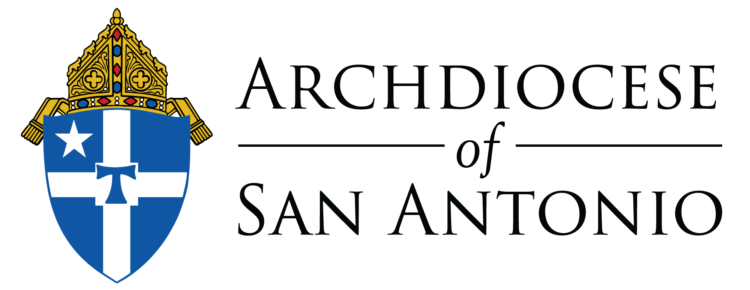Scientists recently named four asteroids after four Catholic religious sisters who helped catalog about 500,000 stars in the Vatican portion of the Carte du Ciel “Celestial Map” star atlas of the early 1900s.
Sisters Emilia Ponzoni, Regina Colombo, Concetta Finardi, and Luigia Panceri expected to be working as nurses when they joined the Suore di Maria Bambina community in Milan. Instead, they spent up to 11 years researching 481,215 celestial bodies for the Vatican Observatory. Their discoveries were then published in a 10-volume catalog.
In June and September of this year, scientists announced their decision to name four asteroids after the four Catholic religious sisters, the last of whom passed away in 1982.
The four asteroids named for the religious were discovered at the Mount Graham Observatory in Arizona, where the Vatican Observatory operates the Vatican Advanced Technology Telescope about 200 miles southeast of Phoenix.
Asteroid naming is a long process. A celestial body must be observed, registered, reported, and given an identification number; the data is reviewed for any duplicate unidentified celestial bodies.
Once an exact orbit is determined, the researcher who calculated the orbit — not the asteroid’s discoverer — has the right to propose a name. The name is then reviewed by the Working Group: Small Bodies Nomenclature (WGSBN), which is run by the International Astronomical Union.
Vatican helped lead star-mapping effort in early 20th century
Jesuit Father John Hagen undertook the star mapping project for the Vatican Observatory in the early 1900s and approached the Suore di Maria Bambini order for help. The order specialized in nursing and education, but at the request of Hagen, the order sent a pair of sisters — Sister Emilia and Sister Regina — to the observatory to join the project in 1910.
Years later, in 1917, another pair followed: Sister Concetta and Sister Luigia. By 1921 the sisters had jointly cataloged nearly 500,000 stars.
The Vatican’s mapping project was part of a worldwide endeavor to create a celestial map. The Vatican had a select part of the night sky to map through photography and analyses, while nearly 20 other observatories worked on their respective sections. The project involved recording the brightness and position of 5 million stars.
Popes Benedict XV and Pius XI later honored the sisters for their services. Vatican Observatory archivist Father Sabino Maffeo, SJ, at the age of 94, rediscovered the identity of the sisters almost a decade ago, according to a Catholic News Agency report.
Jesuit Father Gabriele Gionti, who works at the Vatican observatory, also had an asteroid named after him this year, becoming the 41st Jesuit to have a celestial body named for him.
One of the oldest observatories in the world, the Vatican Observatory’s earliest roots date back to the 16th century and the reform of the Gregorian calendar. The observatory is located outside of Rome in the town of Castel Gandolfo and continues to make scientific breakthroughs.













